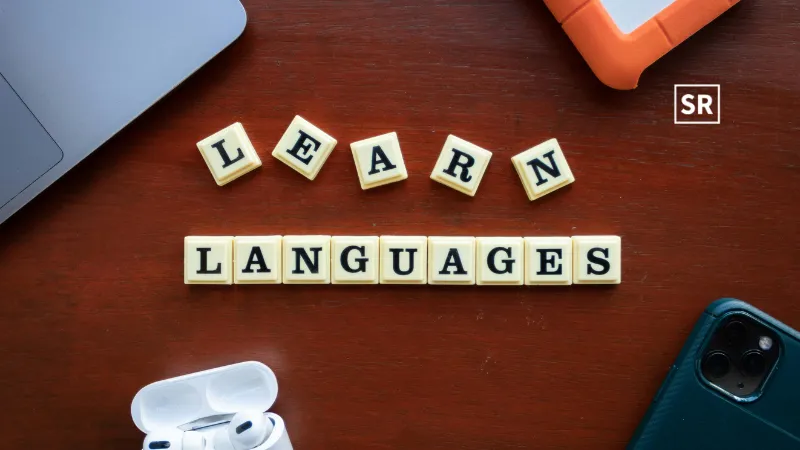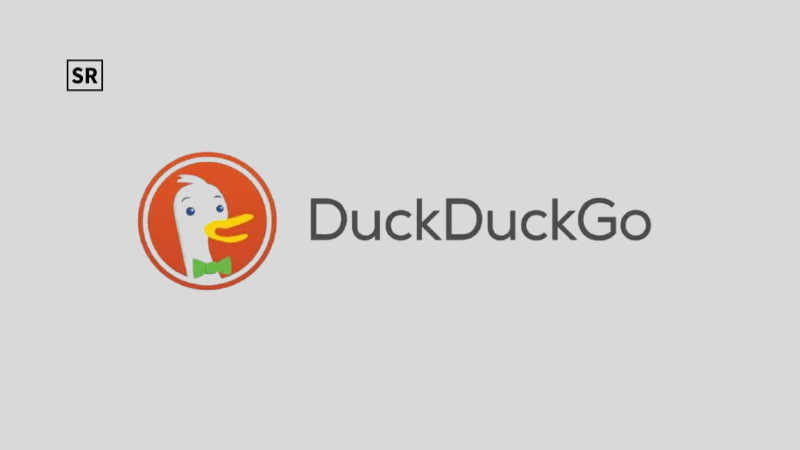
Learning a new language is an exciting way to expand your communication skills, explore new cultures, and open up personal and professional opportunities. While some languages are notoriously difficult to learn, others are much easier especially if you're a native English speaker.
English is a Germanic language with strong Latin influences, which gives it many overlaps with other languages. These overlaps make some languages easier for English speakers to pick up. Below, we explore the easiest languages to learn for English speakers, why they’re easier and how long they typically take to master.
Why Some Languages Are Easier to Learn
Some languages are easier to learn due to shared vocabulary (cognates), simple grammar structures, and clear pronunciation rules—especially if they follow phonetic spelling. Languages like Spanish or Italian, which resemble English in these areas, tend to be more accessible.
Additionally, the availability of learning resources—such as apps, classes, and native speakers—plays a crucial role. When learners have more opportunities to practice and immerse themselves, the language becomes easier and faster to pick up.
RECOMMENDED FOR YOU

Trellus Health Share Price Prediction (2025-2030): Expert Analysis & Predictions
Kailee Rainse
Apr 7, 2025
- The ease of learning a language depends on several factors:
- Vocabulary similarities (cognates): Words that are similar in both languages.
- Grammar structure: How closely the grammar matches English.
- Pronunciation rules: Languages with phonetic spelling are easier to pronounce.
- Availability of resources: Languages with lots of apps, classes, and speakers are easier to practice and learn.
Here Top 10 Easiest Languages For English Speakers To Learn
1. Spanish
- Time to learn: 24 weeks (600 hours)
- Number of speakers: 595 million
- Where it's spoken: Spain, Latin America, U.S., more
Why it's easy:
Spanish is a phonetic language meaning it’s mostly pronounced the way it's written. Its vocabulary shares many Latin based words with English like atención (attention) or cámara (camera). It's widely spoken and has many free resources making practice easy.
Challenges:
Grammar tenses and conjugations may seem complex at first but consistency in pronunciation helps a lot.
2. French
- Time to learn: 24 weeks (600 hours)
- Number of speakers: 320 million
- Where it's spoken: France, Canada, parts of Africa, Belgium, Switzerland
Why it's easy:
French has many English cognates due to Norman French influence on English. Words like à la carte, cuisine or ballet are already familiar. Plus, it’s an official language in many international organizations.
Challenges:
Pronunciation and silent letters can be tricky. Learning correct intonation and nasal sounds takes time.
3. Italian
- Time to learn: 24 weeks (600 hours)
- Number of speakers: 63 million
- Where it's spoken: Italy, Switzerland, small parts of Slovenia and Croatia
Why it's easy:
Italian is phonetic and melodic, with clear pronunciation rules. Vocabulary like generosità (generosity), famiglia (family) will feel familiar due to shared Latin roots.
Challenges:
Some irregular plurals and verb endings can confuse beginners but the grammar is relatively straightforward.
4. Portuguese
- Time to learn: 24 weeks (600 hours)
- Number of speakers: 260 million
- Where it's spoken: Brazil and Portugal parts of Africa
Why it's easy:
As another Romance language, Portuguese shares much vocabulary with Spanish, Italian and English. It also has a familiar alphabet and consistent pronunciation patterns.
Challenges:
European and Brazilian Portuguese have different accents and vocabulary, so learners must choose one to focus on.
5. Dutch
- Time to learn: 24 weeks (600 hours)
- Number of speakers: 23 million
- Where it's spoken: Netherlands, Belgium, Aruba, Suriname
Why it's easy:
Dutch is a Germanic language like English so the two share lots of vocabulary. Examples: appel (apple), boek (book), water (same spelling). Grammar is also fairly familiar to English speakers.
Challenges:
Pronunciation can surprise learners some letters are stressed differently than in English.
6. Afrikaans
- Time to learn: 24 weeks (600 hours)
- Number of speakers: 6 M
- Where it's spoken: South Africa and Namibia
Why it's easy:
Afrikaans has very simple grammar, with no verb conjugations or gendered nouns. It also shares many vocabulary words with Dutch and English making it easier for English speakers to learn.
Challenges:
Limited international use and pronunciation of the “r” can be tricky.
7. Norwegian
- Time to learn: 24 weeks (600 hours)
- Number of speakers: 4.4 M
- Where it's spoken: Norway
Why it's easy:
Norwegian has straightforward grammar and a sentence structure similar to English. It also borrows words from English. Examples fantastisk (fantastic), oransje (orange).
Challenges:
Norwegian uses gendered nouns and special letters like “ø” and “å.” But once learned you can also understand some Swedish and Danish.
8. Romanian
- Time to learn: 24 weeks (600 hours)
- Number of speakers: 28 million
- Where it's spoken: Romania, Moldova
Why it's easy:
Although lesser-known Romanian is a Romance language so it shares many Latin-based words with English. It’s also phonetic, meaning it’s spoken as it’s written.
Challenges:
Unlike other Romance languages, Romanian uses grammatical cases like Russian, which adds complexity.
9. Indonesian
- Time to learn: 36 weeks (900 hours)
- Number of speakers: 199 million
- Where it's spoken: Indonesia
Why it's easy:
Indonesian has simple grammar, no verb tenses and uses the Latin alphabet. Words are pronounced as spelled and sentence structure is logical.
Challenges:
Vocabulary is unique and may take time to memorize due to fewer cognates with English.
10. Swahili
- Time to learn: 36 weeks (900 hours)
- Number of speakers: 80 million
- Where it's spoken: Kenya, Tanzania, Uganda and Mozambique
Why it's easy:
Swahili pronunciation is simple, with no silent letters or complex grammar. English speakers may recognize some words from popular culture (Simba, Rafiki, Hakuna Matata).
Challenges:
Swahili uses prefixes and suffixes that can seem unfamiliar at first, but it becomes easier with exposure.
What Makes a Language “Easy”?
A language is easier to learn when it has familiar words and sounds, follows consistent rules, and offers many ways to practice. However, the real key is your motivation, how you learn best and how much you engage with the language through apps, classes or native speakers.
Helpful factors:
- Familiarity: English-like words and sounds
- Regularity: Simple, consistent grammar rules
- Access: Easy availability of learning tools and immersion options
Which Language Should You Learn?
If you are aiming for a widely spoken and relatively easy language Spanish and French are great choices. Prefer something more unique but still simple? Consider Afrikaans or Indonesian. Each language opens doors to rich cultures and meaningful connections—making the journey enjoyable and worthwhile.
Conclusion
Learning a new language can be a fulfilling way to connect with new cultures, boost your career and improve cognitive skills. For English speakers, languages like Spanish, French and Dutch offer a relatively smooth path due to shared roots and accessible grammar. Your choice ultimately depends on your interests, goals, and how much time you're willing to commit. Whether you aim for global communication or cultural exploration, starting with one of these easier languages can set you up for success on your language-learning journey.


 Follow us
Follow us Follow us
Follow us













